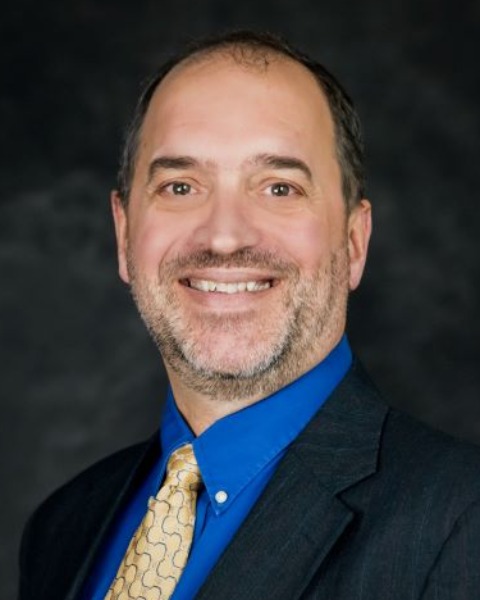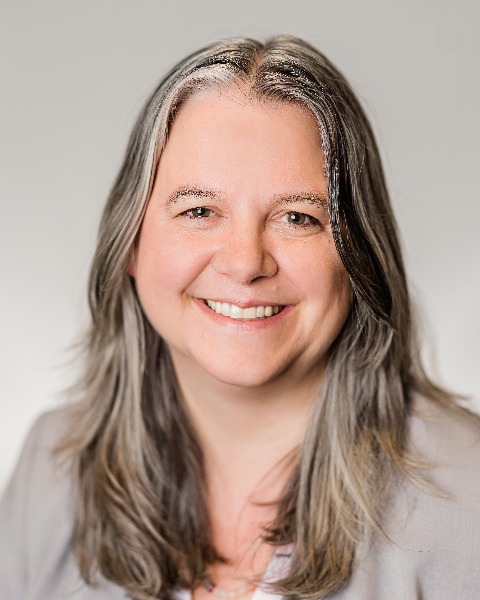Technical Session Proposal
Big Data and Artificial Intelligence
Full-Scale Testing of a Digital Twin Controller: Water Research Foundation's Advanced Nutrient Controller
Thursday, April 11, 2024
2:55 PM - 3:45 PM
Location: Meeting Room 3-4

Bruce R. Johnson (he/him/his)
Senior Technology Fellow
Jacobs
Greenwood Village, CO
Kathryn Gies
Engineering Manager
West Yost Assocites
Concord, CA
Lead Presenter(s)
Track Lead(s)
Presentation Description: A digital twin nutrient controller running a hybrid model fed with live and historical data is being developed, piloted and evaluated through The Water Research Foundation (WRF) project 5121: Development of Innovative Predictive Control Strategies for Nutrient Removal. For ease of reference, the project team has named the controller ODIN - Operational Decision-making Intelligence for Nutrient Control.
The hybrid controller combines the strengths of machine learning with mechanistic modelling. It uses both live data from SCADA as well as historical and current laboratory data. Its components include data tools, a raw sewage soft sensor, machine learning based autocalibration of the mechanistic model at its core, machine learning based forecasting, and a machine learning based emulator of the mechanistic model. This generic structure is being used to develop and pilot nutrient controllers for four full-scale facilities in an advisory mode. The research team has been very focused on not only the technical aspects of ODIN, but also the User Interface and User Experience (UI/UX), which Clean Water Services (CWS) has been leading.
The first pilot site (four total) of the ODIN controller will be the CWS Durham facility, located in Tigard, Oregon. Durham (24 MGD average treated flow) must meet a stringent seasonal monthly median effluent phosphorus limit. Primary clarifier alum addition is used to manage phosphorus loads to the aeration basins doing enhanced biological phosphorus removal. Currently, primary clarifier alum feed is controlled to maintain an operator entered mg/L alum dose. Therefore, the phosphorus load to the aeration basins varies day to day. The ODIN controller will recommend a daily alum dosing set point to maintain an operator entered target phosphorus load to the aeration basins. Initial results have so far shown to be promising, as well as providing several potential additional benefits around dynamic flow and COD/TKN 15-minute predictions in the raw sewage.
This presentation will cover both technical and human adoption aspects of the ODIN pilot test at the Durham facility.
The hybrid controller combines the strengths of machine learning with mechanistic modelling. It uses both live data from SCADA as well as historical and current laboratory data. Its components include data tools, a raw sewage soft sensor, machine learning based autocalibration of the mechanistic model at its core, machine learning based forecasting, and a machine learning based emulator of the mechanistic model. This generic structure is being used to develop and pilot nutrient controllers for four full-scale facilities in an advisory mode. The research team has been very focused on not only the technical aspects of ODIN, but also the User Interface and User Experience (UI/UX), which Clean Water Services (CWS) has been leading.
The first pilot site (four total) of the ODIN controller will be the CWS Durham facility, located in Tigard, Oregon. Durham (24 MGD average treated flow) must meet a stringent seasonal monthly median effluent phosphorus limit. Primary clarifier alum addition is used to manage phosphorus loads to the aeration basins doing enhanced biological phosphorus removal. Currently, primary clarifier alum feed is controlled to maintain an operator entered mg/L alum dose. Therefore, the phosphorus load to the aeration basins varies day to day. The ODIN controller will recommend a daily alum dosing set point to maintain an operator entered target phosphorus load to the aeration basins. Initial results have so far shown to be promising, as well as providing several potential additional benefits around dynamic flow and COD/TKN 15-minute predictions in the raw sewage.
This presentation will cover both technical and human adoption aspects of the ODIN pilot test at the Durham facility.
Learning Objectives:
- Understand the various uses of machine learning in wastewater treatment
- Understand the state of advanced machine learning control in wastewater treatment
- Understand what it takes to implement such tools at a WRRF

